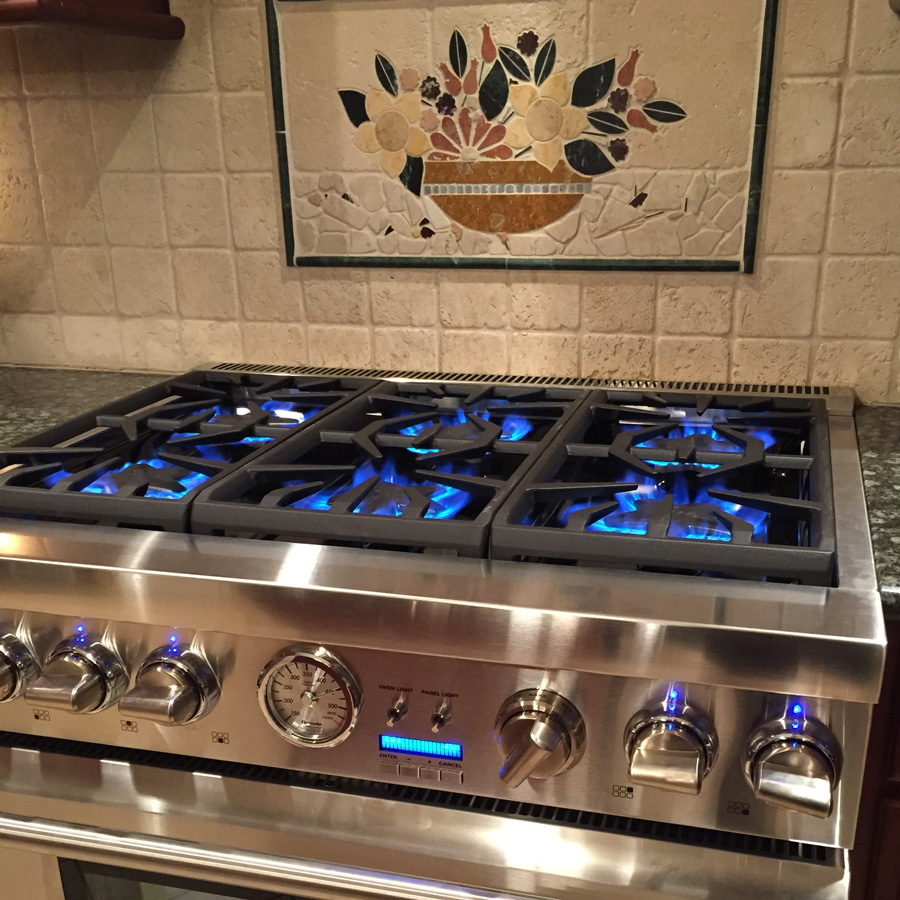In the hustle and bustle of our everyday lives, the kitchen can be a sanctuary—a place where we can slow down, connect with our food, and nourish our bodies and souls. Today, we’re diving into a cooking technique that not only preserves the nutritional integrity of your meals but also enhances flavors in a way that high heat simply can’t match. Welcome to the world of low-temperature cooking.
Why Low-Temperature Cooking?
Did you know that cooking vegetables at high temperatures can lead to a nutritional loss of up to 93%? When temperatures exceed 185°F, essential vitamins and minerals start to break down, diminishing the health benefits of your ingredients. Low-temperature cooking, on the other hand, ensures that your food retains its nutritional value, allowing you to enjoy meals that are both delicious and healthful.
The Basics: Low Temp Cooking and Short Cooking Time
Low-temperature cooking is all about patience and precision. Because this method uses lower heat, it takes a bit more time for foods to cook. However, the results are well worth the wait. Here are some key points to consider:
- Even Cooking: With full-body construction cookware, heat is efficiently distributed throughout the vessel, ensuring that everything cooks evenly. There’s no need to ever heat on high.
- Optimal Fill: For the vapo-valve to work properly, the pan should be filled about two-thirds full. This allows for optimal circulation of heat, ensuring that food cooks evenly on the bottom, sides, and top.
- Avoid Overstuffing: Overstuffing the pan can impede the circulation of heat, turning your mini convection oven into a less efficient cooking vessel. Leave a bit of space on top to allow for proper air circulation.
Understanding Heat Levels
Getting familiar with the precise heat settings on your stove is crucial for mastering low-temperature cooking:
- Medium Heat (300-350°F): This is equivalent to a low to medium setting on a gas stove. It’s perfect for simmering and gentle cooking.
- Low Heat (200°F): This is the lowest setting on your gas stove, ideal for slow cooking and keeping food warm without overcooking.
Practical Tips for Low-Temperature Cooking
- Choose the Right Size: Always use the correct size pan for the job. A too-small pan can cause crowding, while a too-large pan can lead to uneven cooking.
- Preheat with Care: Preheat your pan on a medium setting before lowering the heat. This ensures an even starting temperature.
- Monitor with Precision: Use a kitchen thermometer to keep an eye on internal temperatures, especially when cooking proteins like meat or fish.
Embrace the Wellness Connection
At its core, low-temperature cooking is about more than just preserving nutrients—it’s a holistic approach to wellness. It’s about taking the time to prepare meals that are good for your body and soul, fostering a deeper connection with your food, and embracing the natural flavors that emerge from gentle, mindful cooking.
By using low-temperature cooking techniques, you’re not only enhancing the taste and nutritional value of your meals but also taking a step towards a more balanced, health-conscious lifestyle. It’s a journey worth embracing, one delicious meal at a time.
Conclusion
Low-temperature cooking is a beautiful blend of science and art. It allows us to enjoy the full spectrum of flavors and nutritional benefits that our ingredients have to offer. By understanding the basics of heat levels and the importance of even cooking, you can transform your kitchen into a haven of wellness and deliciousness.
So, the next time you step into your kitchen, remember: “Medium Click Low is All You Need to Know.” Embrace the gentle heat, take your time, and savor the nourishing meals that await you.

